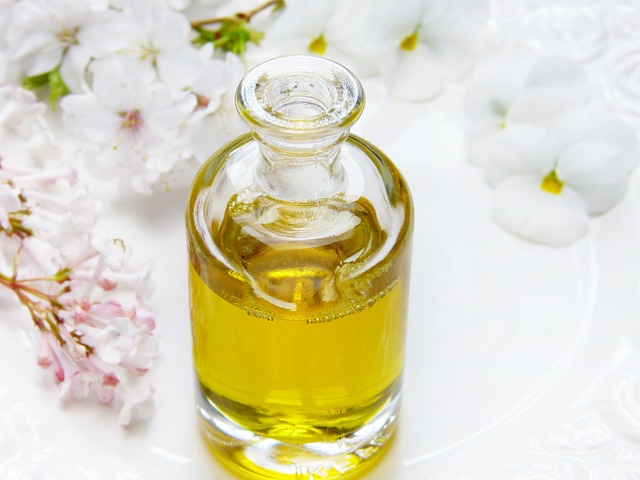To use castor oil for skin, you can follow these steps
- Choose the right castor oil Look for cold-pressed, organic, and hexane-free castor oil to ensure purity and quality.
- Perform a patch test Before applying castor oil to a larger area of your skin, it’s important to perform a patch test. Apply a small amount of castor oil to a small area of your skin, such as the inner forearm. Wait 24 hours to check for any adverse reactions, such as redness, itching, or irritation. If you experience any negative reactions, avoid using castor oil on your skin.
- Cleansing Start with clean skin. Gently cleanse your face or the desired area of the skin with a mild cleanser and pat it dry.
- Application There are several ways to apply castor oil to the skin
- Spot treatment Dip a cotton swab or a clean fingertip into the castor oil and apply it directly to specific areas of concern, such as dry patches, blemishes, or areas with hyperpigmentation.
- Massage Pour a small amount of castor oil into your palm and warm it by rubbing your hands together. Massage the oil into your skin using gentle circular motions. This can help promote absorption and improve circulation.
- Oil blending You can mix castor oil with other carrier oils, such as coconut oil or almond oil, to create a customized skin oil blend. This can help dilute the thick consistency of castor oil and make it easier to apply. Experiment with different ratios until you find the blend that works best for your skin.
- Leave-on or rinse-off Depending on your preference and skin type, you can choose to leave the castor oil on your skin overnight or rinse it off after a certain period. Leaving it on overnight can allow for deeper penetration and hydration.
Benefits of using castor oil for skin
- Moisturizes and nourishes Castor oil has emollient properties that help moisturize and nourish the skin. It can be particularly beneficial for dry or rough patches, providing hydration and improving skin texture.
- Anti-inflammatory effects Castor oil contains compounds that have anti-inflammatory properties, which can help calm and soothe irritated or inflamed skin. It may be useful for conditions such as acne, eczema, and dermatitis.
- Promotes wound healing The fatty acids in castor oil, including ricinoleic acid, can support wound healing processes by reducing inflammation, promoting tissue repair, and preventing infection.
- Anti-aging properties Castor oil is rich in antioxidants, which can help fight free radicals and protect the skin against oxidative stress. This can contribute to a youthful and healthy-looking complexion.
- Cleanses pores Castor oil has the ability to penetrate deep into the pores and help remove impurities, dirt, and excess sebum. It can be used as a natural cleanser or in oil cleansing methods to remove makeup and unclog pores.
Remember that individual results may vary, and it’s important to listen to your skin’s needs. If you have specific skin concerns or conditions, it’s advisable to consult with a dermatologist or skincare professional for personalized advice and guidance.


